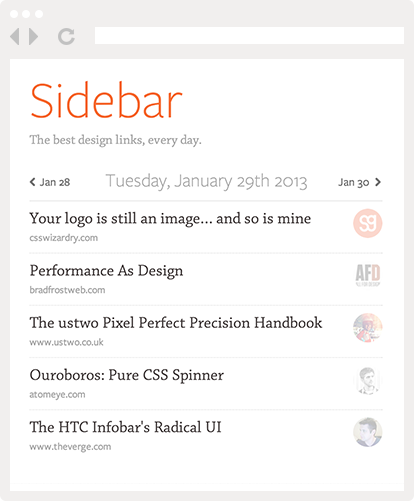My last post generated an interesting discussion over at Hacker News.
Quick summary: basically, I said that as more and more apps switch to a web-based SaaS model, there’s a risk of consumers reaching a saturation point once they realize they’re already paying for a lot of monthly subscriptions.
But commenters felt that I was ignoring the advantages of the SaaS monthly subscription model. Which is true, but my point was not that the traditional SaaS model is not attractive, just that it might not be the best one for every single app.
So in order to orient the debate in a more constructive direction, here are a couple alternatives to the traditional SaaS model (or “SaaSternatives”).
One-time fee
This is the model that was most prevalent before the SaaS era, and it’s still widely used by a variety of apps (including most mobile apps).
It can be a good model if your app is used infrequently (CleanMyMac), lends itself to impulse purchases (all iOS games), or free alternatives exist (Compass App).
Although this model is most prevalent among native apps, a few web apps (such as Pinboard) have gone that route as well.
Pay-as-you-go
I believe this is a very underrated model. It’s becoming more and more popular with iPhone apps with the “free to play” (FTP) pricing strategy.
FTP apps are free to download and play, but charge for in-game items or extras. For example, Triple Town is free but makes you buy playing turns (or wait) once you run out.
Email marketing apps Campaign Monitor and MailChimp both have pay-as-you-go options where you pay a fixed sum for each email you send.
Note that both also offer SaaS pricing for heavier users. But the pay-as-you-go model is a good way to catch infrequent users that might otherwise be reluctant to buy a monthly subscription.
This model is good when your app possesses a clear, quantifiable metric to charge on, and when it might be used infrequently.
A good example is Buffer, a service that lets you schedule your tweets or facebook posts. Although it currently charges using a SaaS model, it could very well add a pay-as-you-go option that lets you buy credits for sending out messages.
Flexible SaaS
One downside of most SaaS solutions (at least for users) is the way they deal with segmentation.
Basically, in order to maximize its profits, the apps charges different prices for different tiers of service. There’s nothing wrong with this, but the problem is that once you outgrow your current plan you have to jump up to the next one, and suffer a dramatic cost increase.
So a better option for users is flexible, à-la-carte billing. For example, Heroku doesn’t have plans, they only charge you according to how many resources you’re using.
SaaS bundles & deals
Another option that I believe will get increasingly popular is bundling multiple services together. We already have this for downloadable apps, so why not for subscriptions too?
In fact AppSumo is already doing this, providing deals and bundles for various subscription services.
This might be a good option for smaller utilities and apps. For example I doubt anybody would pay for Patternify (my small pattern tool) by itself, but what if you were charged $10 per month to get access to a whole range of similar online tools?
Startup idea: develop the infrastructure that lets unrelated sites and services partner up together in a single monthly subscription
Conclusion
Don’t get me wrong, the SaaS model has tons of advantages. But it’s basically become the default model for web apps, and that makes it easy to forget that there are other options out there.
What are your thoughts? Did I forget other models? Let me know here on over at Hacker News.






Pingback: SaaS Fatigue | SachaGreif.com
Pingback: Better User Experience Podcast #27: Invision, Avinash, and a Peanut Butter Banana Smoothie | A Better User Experience
Pingback: Time Tracking App Review – Harvest | A Better User Experience
Pingback: Reducing SaaS | Alex Cue